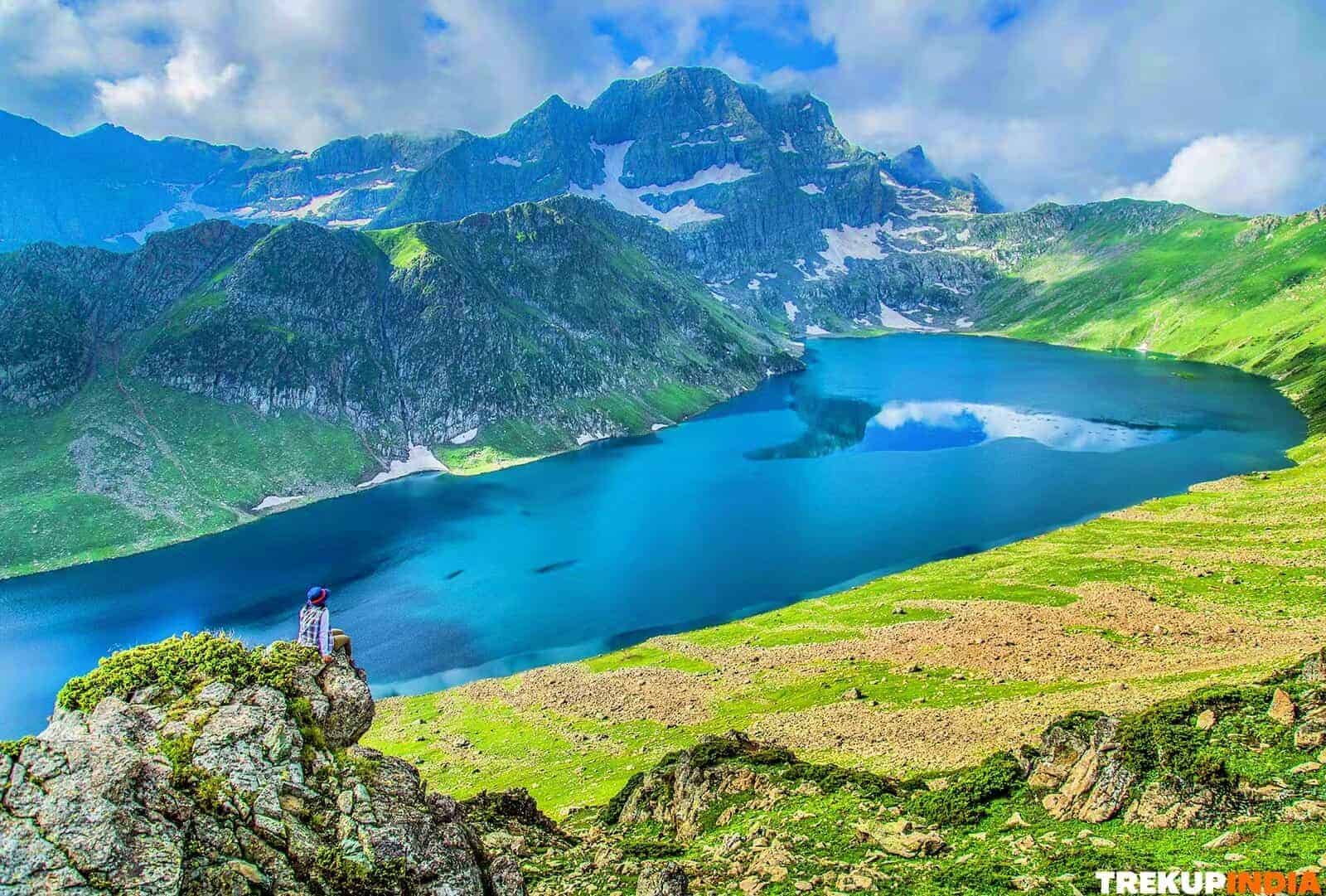Trek Grade
Difficult
Highest Altitude
17,346 ft
Base Camp
Manali
Best Time
July, Aug & Sept
Trek Distance
24 km
Not sure which trek is right for you? Trekup India’s Mountain Experts have you covered.
Not sure which trek is right for you? Trekup India’s Mountain Experts have you covered. From figuring out if a trek matches your fitness level to knowing who you’ll be trekking with, we’re here to answer all your questions. Reach out to our Mountain Experts and plan your trek with confidence.
Friendship Peak Expedition
The Friendship Peak Expedition is one of the most exciting and rewarding high altitude adventures in Himachal Pradesh, perfect for those who want to take on a new level of trekking & mountaineering. The trek is situated within the Kullu region. The trek will take you to an incredible height of 17,000 feet. The summit gives you unrivalled panoramic views of Himalayan peaks including Deo Tibba, Indrasan, Shitidhar, and Hanuman Tibba.
The Friendship Peak Trek is best choice for trekkers who are experienced and looking to make the transition to climbing. The trek blends the unadulterated nature of the Himalayas with the technical demands of steep climbs, glacial terrain, and snowy slopes accessed with ropes, ice axes & crampons. What makes the trek apart is the early morning summit push around 2 A.M, an exhilarating climb beneath the stars that takes you to breathtaking views of the sunrise on the top.
Walking through different landscapes, from the lush meadows of Solang Valley to rocky ridges as well as snow covered slopes, every step gives breathtaking views as well as peaceful alpine peace away from the busy paths.
The best time to do the Friendship Peak Expedition is during the monsoon season of July and August, when the weather is steady as well and the trail conditions are perfect. The Friendship Peak Trek promises not only scenic pleasures but an authentic challenge of endurance and determination. As soon as you trek to Summit Camp, the Friendship Peak Trek throws relentless obstacles, brutal ascents, knee deep snow and changing conditions. It requires perseverance, teamwork, and expertise in the field, making it the ideal choice for trekkers with experience who want to move into mountaineering.
With the help of Trekup India’s experienced team and safety first approach, your adventure up to Friendship Peak will be both exhilarating and unforgettable. If you’re looking to step beyond your normal and climb the real Himalayan mountain, the Friendship Peak Expedition or Friendship Peak Trek is your ultimate adventure.
The Friendship Peak Trek is located between the majestic Pir Panjal and Dhauladhar range. Friendship Peak (5,289m) serves as the perfect starting point for hardcore mountaineering. The Friendship Peak Expedition is flanked by Himalayan peaks such as Hanuman Tibba, Indrasan and Deo Tibba. This peak has breathtaking views ranging from the beautiful valleys of Manali to the spruce-covered mountains of Lahaul.
Why Choose the Friendship Peak Trek?
This Friendship Peak Expedition is more than just a trek. It is a challenging climb that bridges the gap between high altitude trekking and mountaineering. It is recognized as a trekking summit peak by the IMF. The relatively low altitude gives it a more challenging task that requires technical proficiency, endurance, and previous experience at high altitude.
The Friendship Peak Trek provides an incredible journey through stunning landscapes and varied terrains. While ascending the mountain, you’ll pass through the lush alpine meadows as well as dense forests as well as rugged glacial moraines. You’ll cross cold streams before entering massive snow fields.
Every campsite on the route offers a stunning view and is set against vivid backdrops of trees and wildflowers which make every overnight stop an unforgettable experience. The trek isn’t only picturesque. It’s brimming with exciting challenges that include extreme slopes, uncertain weather conditions, and technical sections that call for concentration and perseverance.
To conquer Friendship Peak, you will need to be able to master the basic mountaineering techniques such as ice axe and rope use.
Snow camping and glacier trekking making the adventure a test of your skills. Be it navigating through crevasses and through knee deep snow, each step is a fresh challenge, which makes this trek an ideal blend of nature and high altitude trek.
Trek Cost
- Stay will be on a twin-sharing basis in tents
- + 280 Trek Insurance (Mandatory)
Call Our Mountain Experts
Fix Departure Dates
Why Choose Trekup India?
Videos by experts watch these videos to prepare well for a Successful Trek

Want To Trek Like Pro?
Basically, watch these videos if you want to trek the same way professional trekkers do and make your skills better. These videos contain useful tips and techniques to further improve your trekking skills itself. These videos actually help both new and experienced trekkers improve their trekking skills. These videos definitely provide useful tips that make your trek better. We are seeing that these videos by Trekup India experts will only help you make your trekking skills better.
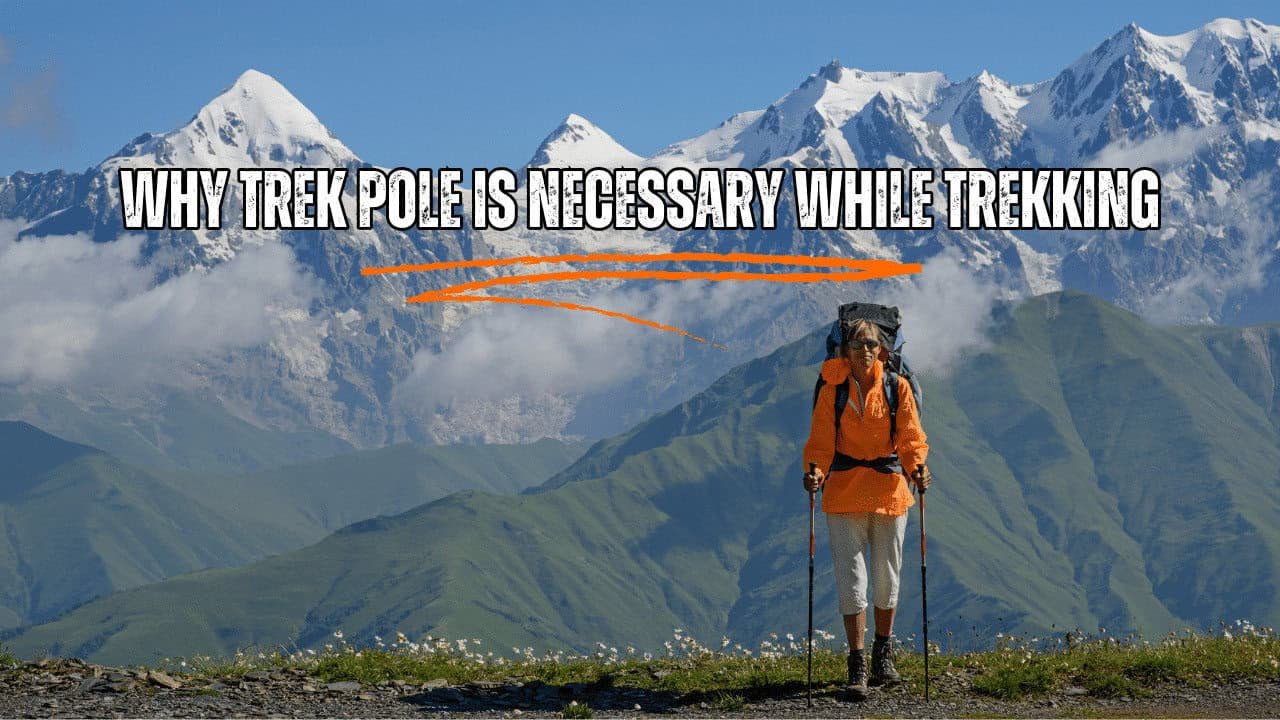
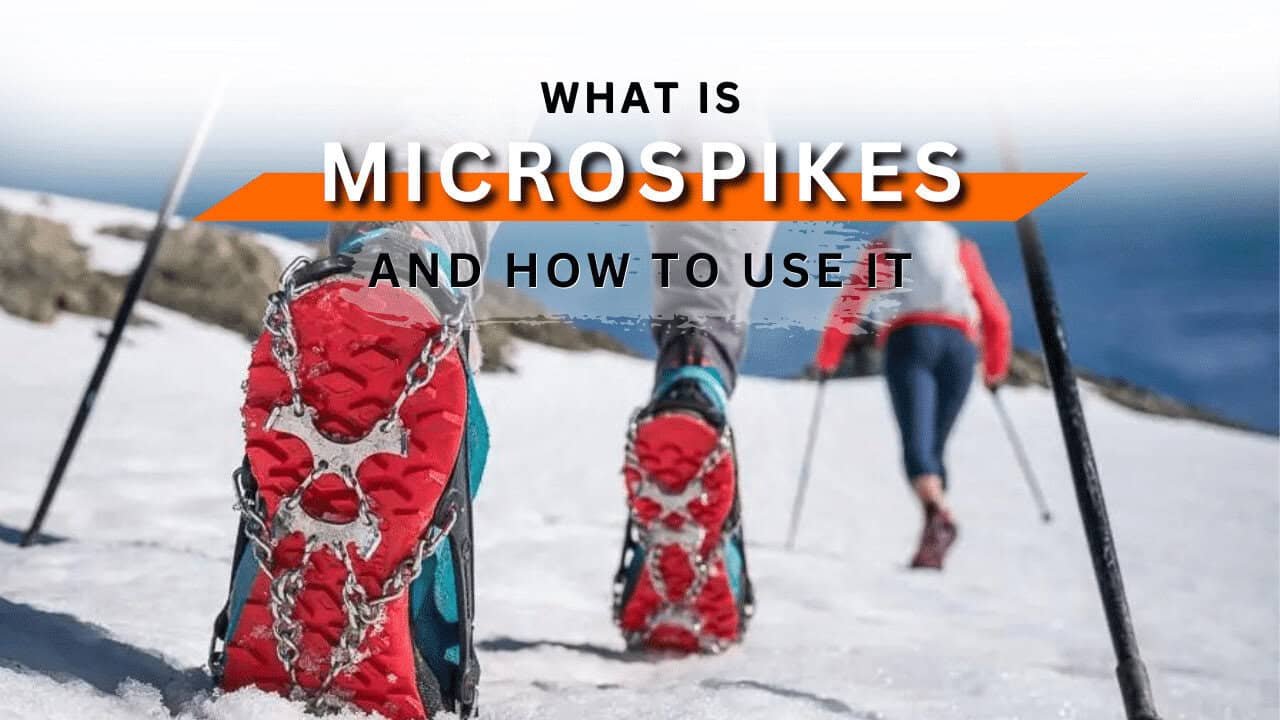
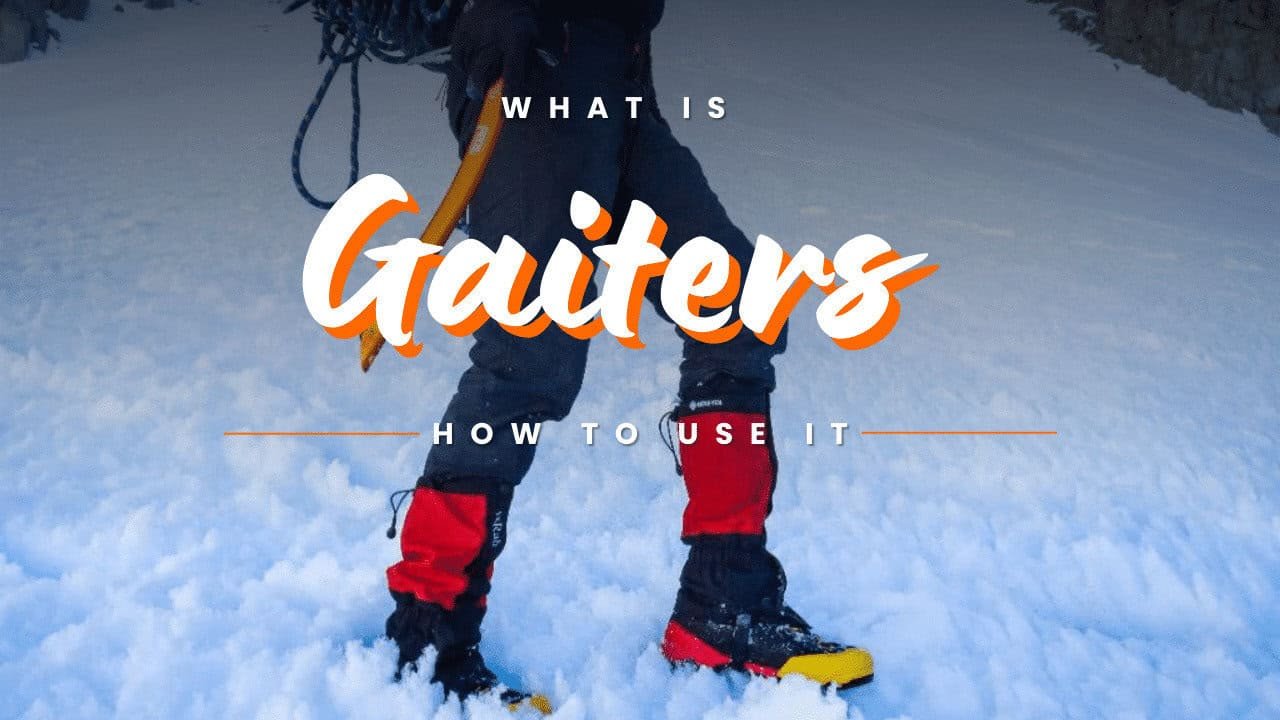
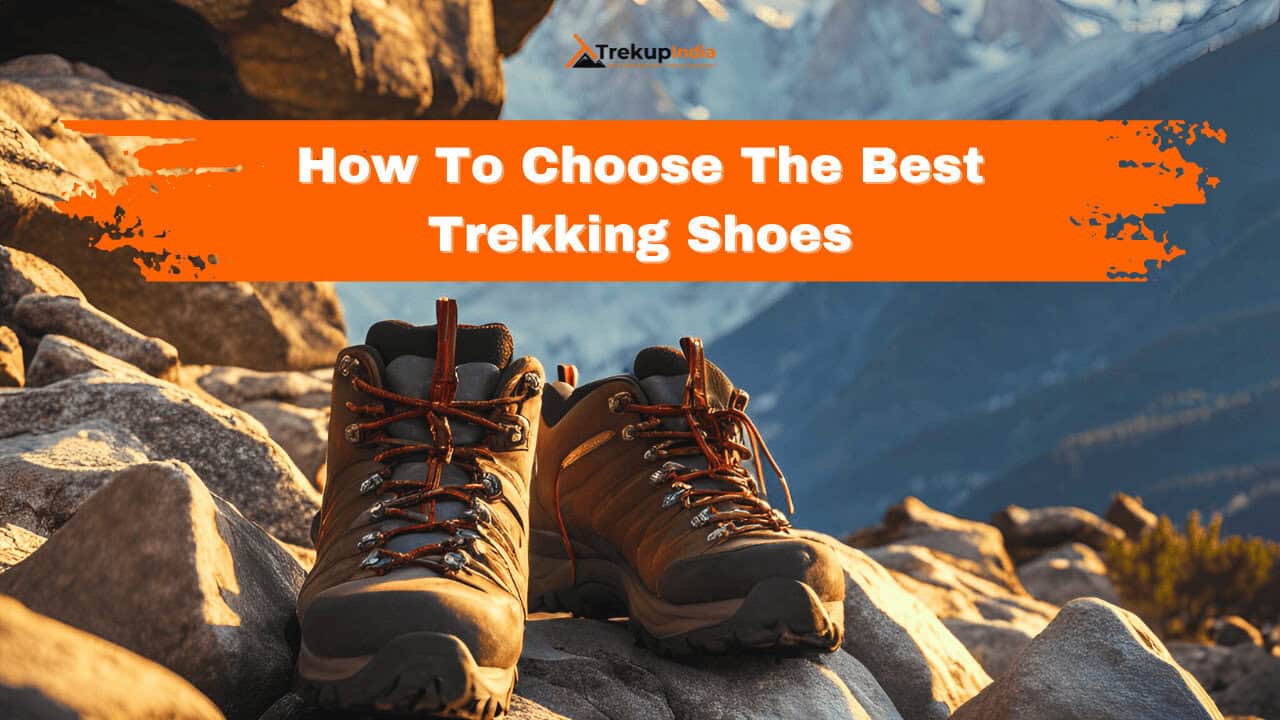

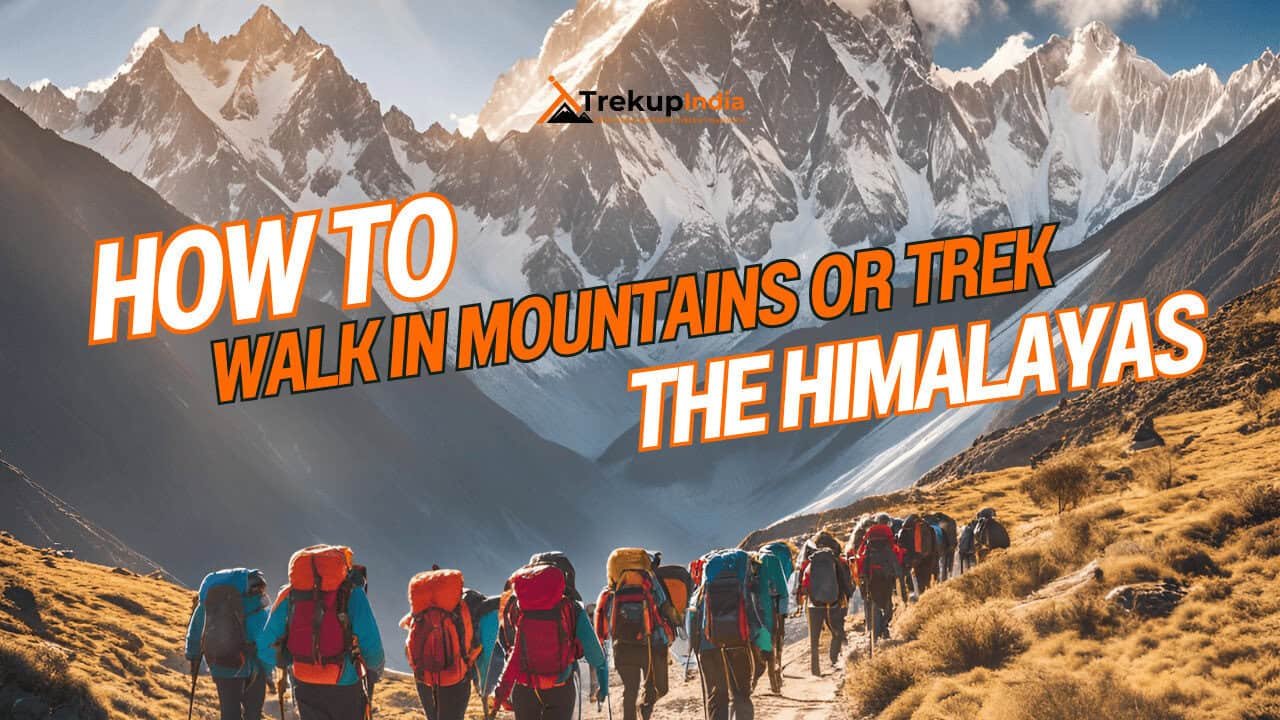

Know Everything About Acute Mountain Sickness
Acute Mountain Sickness occurs when people trek to high altitudes above 8,000 feet. This condition itself develops further due to reduced oxygen levels at such heights. Basically, as you go higher up, the air pressure and oxygen levels decrease, which causes the same problem. Acute Mountain Sickness surely causes headache, nausea, vomiting, and dizziness in affected persons. Moreover, peoples also experience difficulty in sleeping during this condition. To avoid mountain sickness, you should actually trek up slowly to higher altitudes. To learn further about this condition itself, watch the videos by Trekup India.
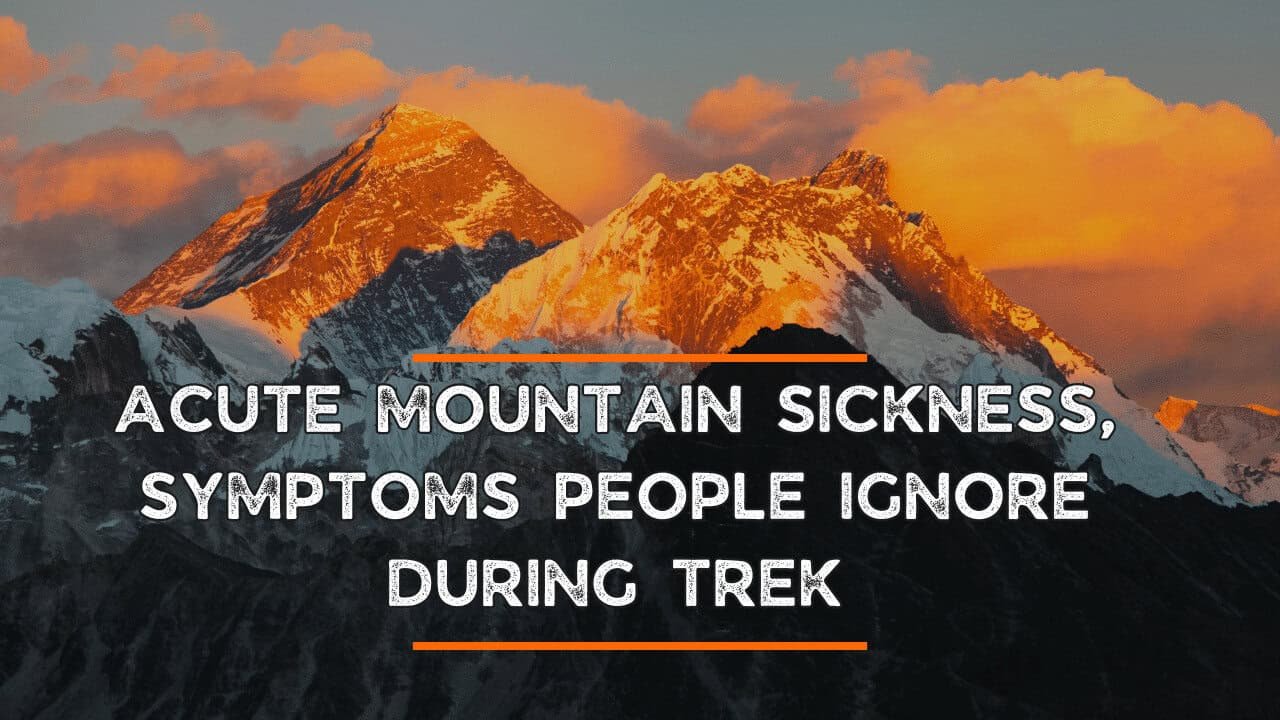
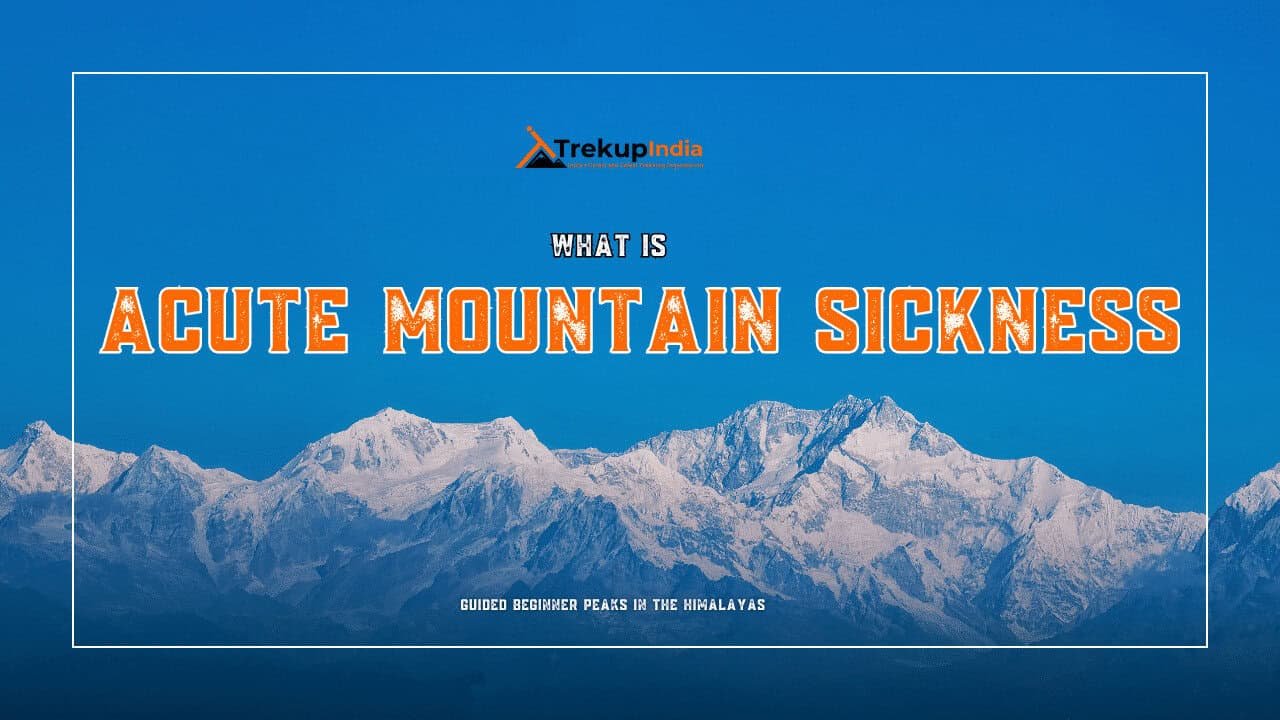
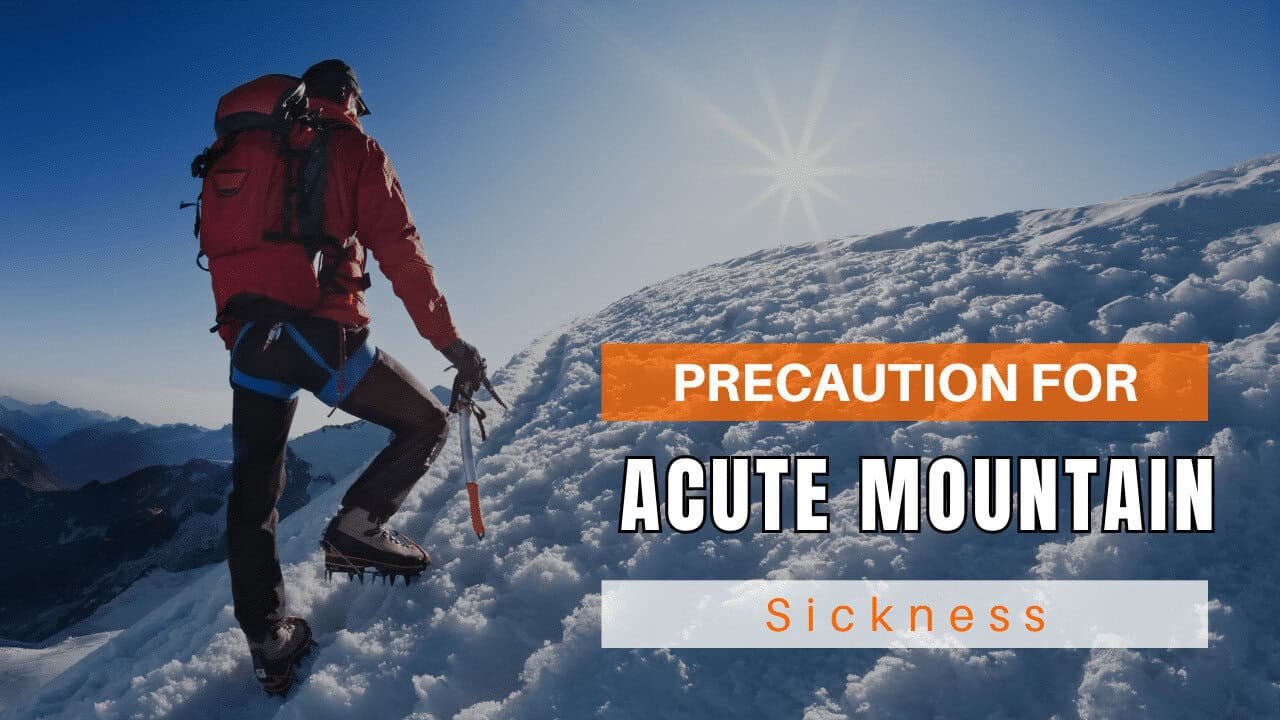
Day Wise Detailed Itinerary of Friendship Peak Expedition
Day 1: Arrive in Manali (Altitude: 2000 m / 6,550 ft)
- Altitude: 2,000 m / 6,550 ft
- Stay: Hotel (twin/triple sharing)
- Food: Not included (on your own)
- Activities: Briefing, sightseeing (Hadimba Temple, Vashisht Kund on your own)
- Note: Foreigners require a trek permit ($100)
Your journey starts with arrival in Manali which is a bustling hill town located in Himachal Pradesh. On this day, just the hotel accommodation is included, the cost of food and other expenses are not included. After lunch, there will be an extensive briefing of the trek and an introduction of the trek leaders, local guides and participants.
The trekkers can visit local sights like the Hadimba Devi Temple and Vashisht Kund, as well as take a walk around Manali’s local market. This day is crucial to complete the necessary paperwork and medical check-ups. For nationals from outside India, a specific trek permission is necessary for an additional $100 per person, which is payable direct in cash to an official from the Trekup India representative upon arrival.
The group will also highlight that they are part of the Save The Trails initiative, highlighting the importance of not leaving any trace of waste and responsible removal in the mountains. The night will be spent in the hotel on a twin or triple sharing basis, and we will be adjusting to the mountain climate.
Day 2 Manali up to Dhundi (Drive) as well as Trek up to Bakarthach (Altitude: Dhundi – 2850 m/ 9350 ft; Bakarthach – 3300 m 10800 ft)
- Drive Distance 21km (1.5 hours)
- Distance to Trek: 5 km (3-4 hours)
- Altitude Gain: 2,850 m – 3,300 m
- Stay: Twin sharing in tents
- Trek Grade: Easy to Moderate
- Trail Information: Forest trail along the Beas River, alpine meadows
- Water Sources: Streams available
- Meals: Breakfast, Lunch, Snacks, Dinner
Breakfast is served, and a 21 km scenic drive will lead you to Dhundi which is the starting point of the trek. From Dhundi, the trek will begin with a 5 kilometers trek following the Beas River through coniferous forests that are dotted with walnut and oak trees.
The trail gradually climbs up to the stunning alpine meadows, which lie within Bakarthach, which is your first camping spot. The trek is pretty straightforward and gives you a glimpse of snow covered peaks as well as lush meadows in which shepherds feed their animals.
After reaching Bakarthach within about three hours, you will have an excellent meal at the campsite before settling into your tents. After Lunch, a brief acclimatization walk will aid your body to adjust to the altitude increase.
Day 3 Bakarthach to ABC (Advanced Base Camp) / Lady Leg (Altitude 3,900 m, 12,800 feet)
- Trail Distance 3km (3-4 hours)
- Altitude Gain: 3,300 m – 3,900 m
- Stay: Tented Camp
- Trek Grade: Moderate (steep sections)
- Trail Information: Moraine patches, steep slopes
- Water sources: melting snow patch (filter before use)
- Meals: Breakfast, Lunch, Snacks, Dinner
The trek to Lady Leg, also known as the ABC (Advanced Base Camp), is a short, but difficult 3 km ascent that can take about 3 hours. The trail involves walking across mountains and scree areas with ever increasingly steep slopes. The distinctive form of the campsite which resembles a bent knee, earns it the nickname “Lady Leg.” The altitude gain is substantial, and the terrain is more difficult. However, the spectacular panoramas of Deo Tibba, Indrasan, and the Dhauladhar range motivate one to keep going throughout.
After lunch, trekkers receive instruction about basic mountaineering skills like the use of ropes, ice axes, and other necessary equipment by certified mountaineer Trek Leaders. The evening is reserved for relaxation and getting acclimatized at Lady Leg Campsite.
Day 4: Take the Load Ferry to Summit Camp and Return to Lady Leg (Altitude of Summit Camp 4750 m / 15,500 feet)
- The Trek Distance is 2 Kms (2-3 hours one way)
- Altitude: 4,750 m (Summit Camp)
- Stay: Tented Camp (Lady Leg)
- Trek Grade: Moderate to Difficult
- Trail Information: Snowfields, rocky terrain
- Water sources: Limited (carry extra)
- Meals: Breakfast, Lunch, Snacks, Dinner
Today is a day of acclimatization as well as a load ferry. You’ll be able to carry a part of your equipment and materials up to the higher Summit Camp and return to Lady Leg by evening. It’s a “climb high, sleep low” method that helps to build acclimatization and helps prepare you for a mountain climb. This trek up to Summit Camp covers 2 km of difficult terrain that changes from grassy slopes to snow-covered trails.
On this route, visitors will be able to enjoy their first close-up view of Friendship Peak and other towering summits such as Hanuman Tibba and Priyadarshini, after spending time on Summit Camp and having lunch before heading back down towards Lady Leg for the night.
Day 5: Trek to Summit Camp (Altitude: 4,750 m / 15,500 ft)
- Trail Distance 2.25 km (2-3 hours)
- Altitude: 4,750 m
- Stay: Tented Camp
- Level of Trek: Challenging (technical terrain)
- Trail Information: Glacier walk, steep snow slopes
- Water Sources: No Water Sources (Carry extra water from campsite)
- Meals: Breakfast, Lunch, Snacks, Dinner
The day today is planned to be acclimatization only. We’ll start our trek toward Summit Camp. Trekkers are required to complete a round of training in technical aspects, which includes instructions on how to rope up, traverse crevassed terrain, and how to use the snow equipment like crampons or Ice axes efficiently. It’s important to take a rest and hydrate well, as well as prepare physically and mentally for the summit climb in the early morning.
Day 6: Summit Attempt to Friendship Peak (Altitude 5,287 m, 17,346 feet) and return to the ABC (Advanced Base Camp) / Lady Leg
- Distance to Trek: 5 km (8-9 hours round trip)
- Altitude: 5,287 m (Summit)
- Stay: Tents (Lady Leg)
- Level of Trek: Extremely difficult (technical climb)
- Trail Information: Crevasses, ice walls, fixed ropes
- Water sources: Make sure you have enough drinking water (3L+ water)
- Meals: Breakfast, packed lunch, Snacks, Dinner
The summit day starts at 2 am, which is the most rewarding and challenging portion of the trek. After putting on headlamps and Snow equipment and gear, the trek begins with an easy ascent through snow fields, before turning into a steep and icy incline. There are glacier covered terrains with crevasses and massive frozen boulders, which require using fixed ropes as well as climbing techniques.
The final section involves the effort of a vertical climb towards the summit, but when you reach the top, you’ll be treated to stunning 360-degree views of mountains like Deo Tibba, Indrasan, and Hanuman Tibba. The area of the summit is relatively small, which means that trekkers need to be careful. After a brief celebration, you’ll be on the way down, which can be a bit slippery when the snow begins to melt. You’ll arrive back at Lady Leg by 11 A.M, where you will enjoy a delicious meal before you get ready to sleep in tents.
Day 7: Lady Leg to Dhundi (Trek) and Drive to Manali
- Trek Distance: 8 km (4-5 hrs descent)
- Distance to Drive: 21km (1.5 hours)
- Stay: On return, staying at Manali is not included
- Food: Breakfast, Lunch
Following breakfast, you will descend from Lady Leg to Bakarthach and then to the final destination, Dhundi through the same route. The 8 km trek will take between 4 and 5 hours. From Dhundi 21 kilometer drive will bring you back to Manali. It is expected to arrive between 4 to 5:00 pm.
Lunch will be served at the time of departure. Please note that the stay at Manali is not included on the last day.
Day 8: Buffer Day
- Use Case: Weather delays / extra acclimatization
- Alternate: Manali sightseeing (self funded)
This day is designated for contingency plans if the summit attempt is postponed due to the weather or other unavoidable events. The decision to utilize the buffer day must be made jointly by the trek leader and the group, the trek guide and other participants.
Be aware that the buffer cost is not included in the trek package and will be billed in a separate charge per person on a per-day basis. If it is not used then in that case you can utilize it to explore the area around Manali.
It is the end of the Friendship Peak Expedition with Trekup India, an unforgettable experience at high altitude that challenges your endurance and rewards you with Himalayan splendor.
We’ve prepared a comprehensive Trek Route Map for your upcoming adventure to Friendship Peak Expedition, which outlines the entire journey including all stops and trails. This map provides detailed information on the terrain, distance between points of interest, and estimated travel time to help ensure a safe and enjoyable trek. We’ve carefully curated the map to ensure that you have all the necessary information at your fingertips. Please take a moment to review it thoroughly, and don’t hesitate to reach out if you have any questions or concerns.
The Trek Altitude Chart is a useful tool for Trekkers to monitor their altitude changes during their rides, allowing them to plan their routes more efficiently and track their progress over time. This Friendship Peak Expedition chart is beneficial for both casual and experienced Trekkers, helping them make the most out of their Trek experience.
Trek Cost Inclusions
- Stay: 1 Night at Manali on twin and triple sharing basis & 5 Nights of tented accommodation at individual campsites of Trekup India on twin sharing.
- Meals: Trekup India will provide freshly cooked meals during the trek starting with Lunch on Day 2 to Lunch on day 7 (Meals are simple, nutritious, and vegetarian)
- Trek Insurance (Optional): Trekup India recommends that all trekkers consider getting trek insurance. This is optional, but highly recommended. Trek insurance covers unexpected events that may occur during your trek. The cost of the insurance starts from INR 210. Please read more about what is included in the coverage and why it is mandatory on treks.
- Trek Equipment: Sleeping bag, Sleeping tents, Kitchen tent, Dining tent, Toilet Tent.
- Amenities: All utensils, sleeping mattresses (Black foam mats), Crampons, and Gaiters for snow.
- Health & Safety: First Aid Box, Oxygen Cylinders, Stretchers, Oxi meters, BP Machines, health.
- Permits: Forest Permits and Camping Permission Fee
- Trek Crew: High Altitude Chef, Helpers, Trek Leader & Guides, and other support teams.
- Potters & Mules: Potters and Mules are to carry all trekking equipment, ration, and vegetables.
Trek Cost Exclusions
- GST 5% (it is Mandatory)
- Any Meals/accommodation beside the itinerary or not mentioned in the program.
- Any Bus / Airfare to/from trek start/end point
- Personal Medical expenses do carry your medication.
- Any personal services such as Laundry, phone calls, liquors, mineral water, etc.
- Any still / video camera fee
- Any Entrance fee Monuments, Monasteries, Museums, Temples – Pay directly on the spot.
- Backpack Offloading (Mule/Porter Charges)
- Offload Charges: ₹2,100 per bag for the full trek if paid online in advance.
- On-spot Payment: Charges may increase by up to 30% if paid at the base camp.
- Weight Limit: Each bag must not exceed 10 kg.
- Note: Offloading is optional and is recommended for those who prefer to trek with a lighter daypack.
- Any emergency evacuation charges
- Any services that are not mentioned in the cost inclusion section.
What should you pack for the Friendship Peak Expedition
Friendship Peak Expedition is a high-altitude trek. The trekking gear you have to have for this particular trek differs from normal treks. Thus, read this whole segment. There is an important question that the trekker who is doing trek asks, like what all things to carry while trekking. Below, we have provided the details on everything you should take; an easy way to remember is by Head to foot or foot to head. We have prepared from Head to foot.
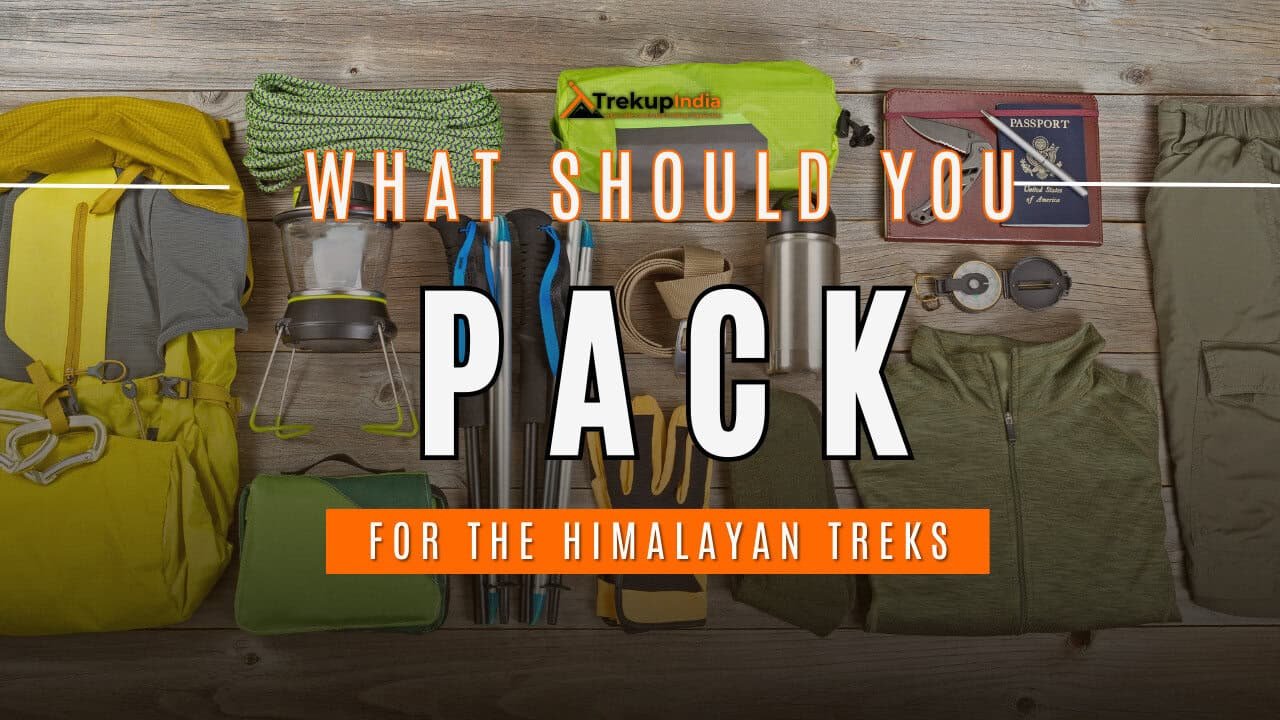
Head Gears
When trekking it's important to carry headgear to protect your head and face.
Heading out for a trek? Don’t forget to carry headgear to protect your beautiful face and head from the sun, wind, and dust! It’s an essential accessory that keeps you safe and comfortable throughout your adventurous journey. So, make sure you pack it before you step out into nature!
- Head Lamps – When trekking at night, headlamps are essential to illuminate your path while keeping your hands free. Headlamps come in different sizes and lumens, so it is essential to choose one that suits your needs.
- Hats or Cap – Caps or hats are also necessary when trekking in different weather conditions. Caps protect your head from the wind and freezing temperatures at night, while hats provide shade and protection from the sun during the day. It’s essential to ensure that your hat has a strap to prevent it from being blown away by the wind.
- Sunglasses – Sunglasses are also essential for trekking. Your sunglasses should protect your eyes from harmful UV rays and fit your face perfectly to avoid falling off while climbing, jumping, or crossing obstacles. The glass of your sunglasses should also be designed for different weather conditions to provide optimal visibility.
- Buff / Balaclava – Lastly, a buff or balaclava is a must-have to protect your mouth or neck from extreme temperatures and keep them warm. Buffs and balaclavas come in different materials, thicknesses, and designs, so it’s important to choose one that suits your needs and preferences. Depending on the weather conditions and your activities, you can wear them as neck warmers, face masks, or headbands.
Clothes
When trekking in high altitudes, prepare for cold weather by wearing layers. Layering traps heat, keeps you warm, and allows you to easily adjust your clothing as temperatures fluctuate.
Layering is important for different seasons when trekking. When planning a high-altitude trek, it is important to prepare for the cold weather. Wearing layers is the best approach as it provides both protection and flexibility when the weather changes frequently in the mountains. Layering helps to trap heat and keep your body warm, while at the same time allowing you to easily adjust your clothing as the temperature fluctuates. By wearing layers, you can enjoy your trek comfortably and stay safe in the unpredictable mountain weather
- For spring, summer, and monsoon treks, consider wearing three layers: a woollen sweater, a fleece, and a padded jacket.
- For autumn treks, add one more fleece layer to make it four layers.
- For winter treks, you may need five layers with thermals, a woollen sweater, two fleeces, and a padded jacket.
- T-shirt/sleeve shirt– Bring three T-shirts and two quick-dry trek pants, wearing one and carrying the others. Long sleeve shirts help to protect from sun UV rays. We recommend synthetic T-shirts as they get dry quickly when they get wet.
- Hiking / Trekking Jacket– down jackets (-5 to-10 C) or two-three-layer jackets.
- Thermals– at least two pairs of thermals help keep the body warm during cold weather.
- Undergarments– you can carry them according to your habitual and hygiene requirements.
- Gloves– 1 pair of gloves will keep your hand warm and nice.
- Trek Pants– Bring 2 to 3 comfortable trekking pants. Trekking pants play a significant role, as they are designed for comfort and mobility, making trekking easier. It should be Synthetic so that it gets dry quickly when wet.
- Rain Wear– you can carry a raincoat or Poncho. During long rains and snowfalls, the waterproof jackets start leaking. Still, the Poncho and raincoats keep you dry, so choose accordingly.
Tip: If you choose a raincoat on your trek, carry a small waterproof cover so things inside your backpack can’t get wet. If you carry a Poncho, you don’t need to worry. It protects both you and your backpack.
Foot Gears
When it comes to planning a trek, one of the most important aspects is to ensure that you have the right kind of foot gear.
- Trekking shoes which are waterproof and have ankle support. Walking / Hiking sandals which can be used off the trek, i.e., in the morning and evening hours when you reach the campsite, basically to get your feet rest from heavy boots, sometimes used for crossing streams and rivers, it’s more comfortable and safer than crossing barefoot or wetting your shoes. Sneakers (Optional) can be worn for normal driving days or used around the camp.
- Socks– you should at least carry 3 to 4 pairs.
- Microspikes & Gaitorswill be provided by Trekup India when required. You don’t have to carry them.
Personal First Aid Kit
Don't forget to pack your personal first aid kit! It's always better to be safe. So, make sure you're prepared for any unforeseen circumstances.
Below are some common medicines generally required/used during your adventure trip; however, please consult your doctors prior.
- Antiseptic towel or water syringe (to clean the wound)
- Butterfly bandage for a small cut
- Cotton and elastic bandages and sterile gauze pad for larger wounds
- Latex gloves are used when the wound bleeds.
- Medicine for Diarrhea (Upset stomach)
- Medicine for cold, flue/fever, headache
- Some pain killers
- ORS pouches
- Quick pain relief spray (External use)
- Any personal medicine prescribed by your doctor
- Dimox / Similar for high altitude sickness
- Bug Repellent
- Carry some nutria/energy bars and drinks (non-alcoholic)
- Note: Kindly consult your doctor before purchasing or taking any medicine.
Gadgets and Other Items
You might also consider bringing a camera, binoculars, portable charger, and snacks. Be well-prepared and tackle any trail with confidence.
- Trekking Poles
- Mobile phone
- Camera
- Spare batteries for phone and camera, power bank
- Lightweight flashlight or headlight
- A waterproof bag made of plastic is used for the camera.
- Plug/converter for electrical items
- 1-litre water bottle
- A journal with a pen would be a good idea to keep your notes.
- Some book of your interest for the ideal time
- Get into the habit of maintaining a Map and guidebook of the region.
Hygiene & Personal toiletry
Remember to pack hygiene and personal toiletry items such as soap, shampoo, toothbrush, toothpaste, deodorant, and toilet paper.
- Sunscreen with UV protection to shield your skin from harmful rays
- 1 or 2 small quick-drying towels to help you dry off quickly in case of rain or sweat
- Toilet paper, tissues or wet wipes for maintaining hygiene while on the trek
- Toothbrush, toothpaste, and mouth freshener to keep your mouth clean and fresh throughout the journey
- Deodorant or talcum powder to help you stay fresh and odor-free, especially during hot and humid climates
- Shampoo to keep your hair clean and healthy
- Sanitary pads or tampons (for female trekkers) to manage menstrual cycles
- Lip-gloss or salve to protect your lips from dryness and chapping
- Bio-degradable soap to keep yourself clean and hygienic while on the trek
- Nail clipper and other personal items that you use daily
Compulsory Documents to Carry
There are certain documents that you should always carry with you. These documents are not only necessary for your safety and security, but they may also be required by local authorities.
These files must be submitted to the Forest Department before your trek. With none of these, you will not be permitted to trek—original and photocopy of government photo identity card. Carry IDs like Aadhaar, voter ID, etc.
How To Plan Your Trek & Reach Manali, Himachal Pradesh?
It’s important to note that all participants must reach Manali at the start of the program. To cater to your travel preferences, we offer three options:
Option 1: Consider traveling overnight on a government bus to Manali. The journey takes 14 hours from Delhi and 10 hours from Chandigarh. We strongly recommend government buses over private ones, as they are more reliable and less likely to be delayed. Regardless of your choice, aim to reach Manali between 9 and 10 am.
Option 2: If you prefer to fly, the best option is to fly to Delhi or Chandigarh airport, then take a bus to Manali. Another alternative is to fly to Bhuntar Airport, which is only two hours away from Manali. However, we advise against this due to the high flight costs and potential for cancellations. If you do choose to fly to Bhuntar, ensure you arrive at least a day before the trek begins.
Option 3: It is possible to go by train. Pathankot railway station, from where you can take bus services that direct you to Manali which is about 300 kilometers from the station and will require an overnight trip. If you choose this option, it is best to arrive one day prior to Manali.
Rest assured, when you arrive at the trek assembly point in Manali, Trekup India will take care of your journey to Jobra, Chatru, and back to Manali, including an excursion to Chandratal. Please ensure you reach Manali before 10:30 am on the first day of the program to allow for a timely departure to the assembly point.
Fitness Required & Preparation Guide For Friendship Peak Expedition
If you’re preparing for a Friendship Peak Expedition, Trekup India recommends jogging as part of your fitness routine. Jogging helps work out the same muscle groups that you’ll use during trekking and can help you build endurance. You don’t need any special equipment to get started.
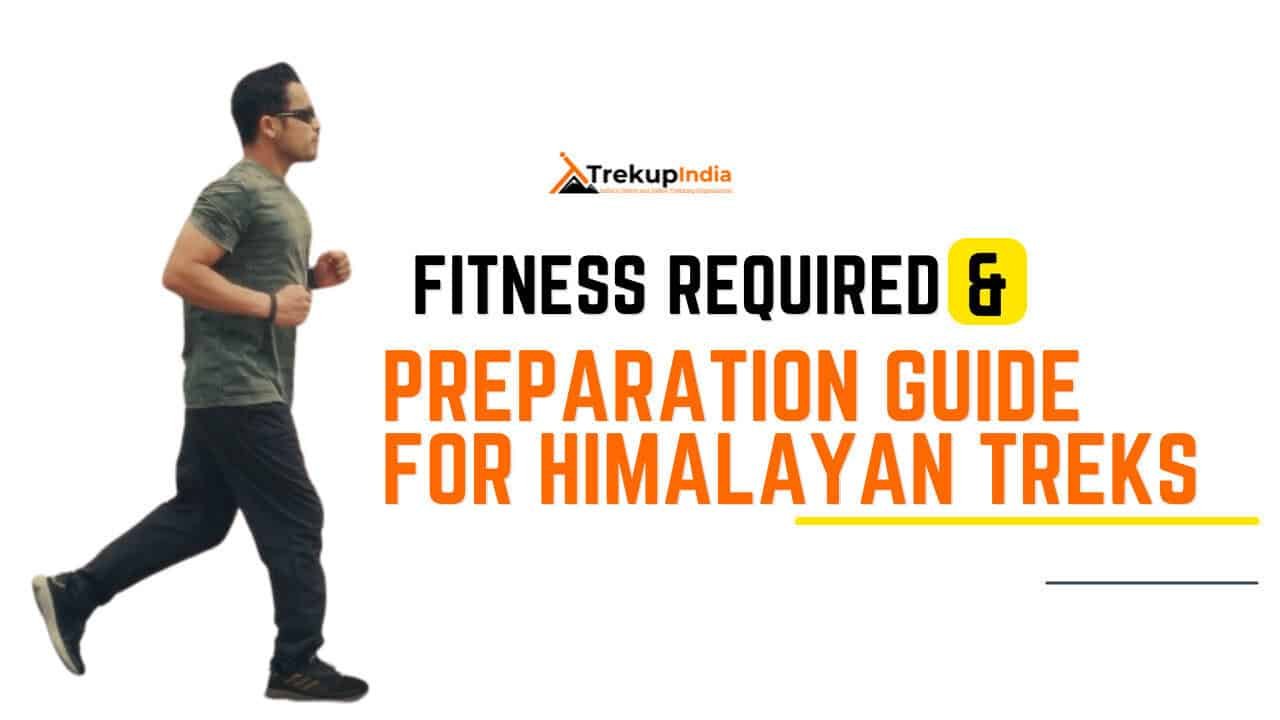
Fitness Target
Trekup India has put the Friendship Peak Expedition into an easy-to-moderate-grade-level trek.
For Easy – Moderate Treks – In order to be well-prepared for your upcoming trek, it is recommended that you focus on building your endurance by aiming to cover a distance of 4.5 kilometers in less than 45 minutes. This will help you to develop the necessary stamina and strength required to successfully complete your journey.
How to Achieve This Fitness Target?
To start preparing for your trek:
- Try jogging for at least five days every week.
- If you find 4.5 km too difficult at first, begin with 2 km and gradually increase over 2-3 weeks.
- Once you feel more comfortable running 4.5 km, focus on improving your speed gradually on a daily basis.
It is important to ensure that you can consistently complete 4.5 km in under 45 minutes for at least two weeks before your planned trek. Allow yourself 6-8 weeks to prepare physically for the journey.
Strength Training exercises that benefit Trekking
Trekking is an activity that demands a good level of strength.
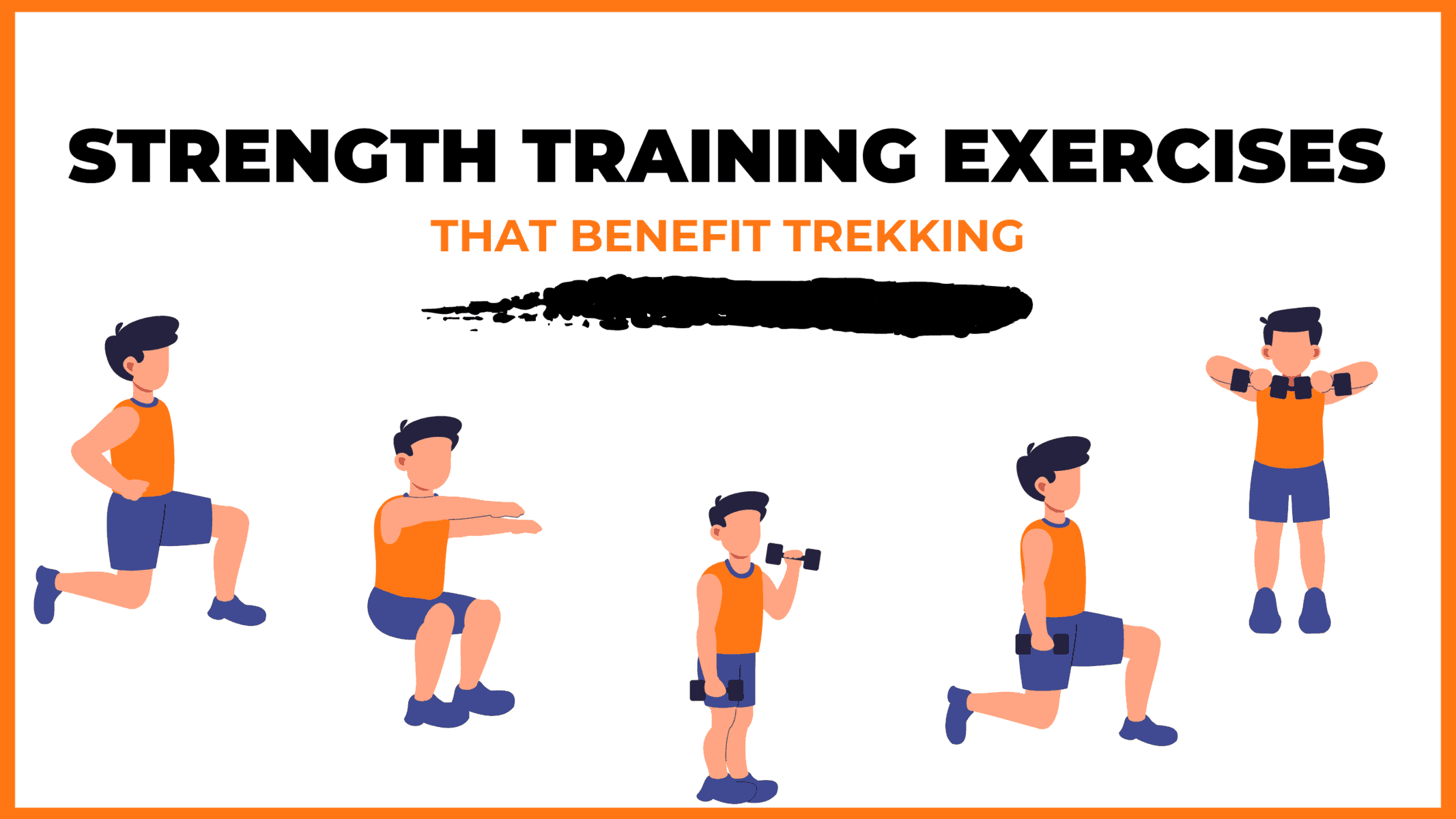
Trekking is a demanding activity that requires good cardiovascular endurance, muscular strength, and overall fitness. To help you prepare for your trek, incorporating bodyweight exercises into your training routine can be an effective way to build strength, improve stability, and enhance endurance, all of which are crucial for a successful trek. In this regard, here’s a breakdown of body weight exercises categorized by the specific body parts they target and the benefits they offer during trekking.
1. Lower Body Exercises
Lower body exercises like squats and lunges are great for building lower body strength, essential for trekking.
a. Squats
Squats are an excellent exercise for building lower body strength, essential for trekking. They target the quadriceps, hamstrings, glutes, and calves. Solid quadriceps and glutes provide power for ascending and tackling uphill climbs, while vital hamstrings aid stability during descents. This is particularly helpful in navigating uneven terrain during trekking.
How to perform Squats Exercises:
- Stand with feet shoulder-width apart, toes pointing slightly outward.
- Lower your body by bending your knees and hips, keeping your back straight.
- Lower until your thighs are parallel to the ground or as low as comfortable.
- Push through your heels to return to the starting position.
b. Lunges
Lunges target the quadriceps, hamstrings, glutes, and calves. They improve lower body strength, balance, and stability, crucial for maintaining control on rocky trails and steep slopes. Additionally, they enhance flexibility, reducing the risk of injury while trekking.
How to Perform Lunge Exercises:
- Stand with feet hip-width apart, hands on hips or sides.
- Take a step forward with one foot, lowering your body until both knees are bent at 90-degree angles.
- Push through the heel of your front foot to return to the starting position.
- Repeat on the other side, alternating legs.
2. Upper Body Exercises
Upper body exercises such as push-ups and pull-ups effectively strengthen the upper body, especially the chest and shoulders, which are essential for carrying a backpack during treks.
a. Push-Ups
Targets: Chest, shoulders, triceps, and core.
Benefits for Trekking: Push-ups are an effective exercise to strengthen the upper body, especially the chest and shoulders, essential for carrying a backpack during treks. Improved upper body strength will also help maintain posture and stability while traversing challenging terrain.
How to Perform Push-Ups Exercises:
- Start in a plank position with hands shoulder-width apart and body in a straight line from head to heels.
- Lower your body by bending your elbows until your chest nearly touches the ground.
- Push through your palms to return to the starting position.
- Keep your core engaged throughout the movement.
b. Pull-Ups/Bodyweight Rows:
Targeting the back, biceps, and shoulders can significantly benefit trekking. You can strengthen these muscle groups by performing pull-ups or bodyweight rows and improve your posture and balance while carrying a backpack. Additionally, more muscular back muscles can help reduce the risk of back strain and fatigue during long treks, making your journey safer and more comfortable.
3. Core Exercises
Core exercises like planks and Russian twists can help strengthen the core muscles, which are crucial for maintaining stability and balance while trekking on uneven terrain.
a. Planks
Targets: Abdominals, obliques, and lower back.
Benefits for Trekking: Planks are an effective exercise that helps strengthen the core muscles. These muscles are crucial for maintaining stability and balance while trekking on uneven terrain. A strong core also helps improve posture, reducing the risk of back pain and fatigue during extended hikes.
How to Perform Planks Exercises:
- Start in a plank position with elbows directly under shoulders and body in a straight line from head to heels.
- Engage your core and hold the position, avoiding sagging or arching the back.
- Keep breathing steadily and hold for the desired duration.
b. Russian Twists
Targets: Obliques, abdominals, and lower back.
Benefits for Trekking: Russian twists engage the core muscles, particularly the obliques, improving rotational stability and balance. Enhanced core strength helps prevent injuries and improves overall performance during trekking.
How to Perform Russian Twist Exercises:
- Sit on the ground with knees bent and feet flat, leaning back slightly to engage the core.
- Clasp hands together and twist the torso to one side, bringing the hands towards the ground beside the hip.
- Return to the centre, then twist to the other side.
- Continue alternating sides for the desired number of repetitions.
4. Full Body/Cardiovascular Exercises
Full-body/cardiovascular exercises like burpees and mountain climbers are excellent for improving cardiovascular endurance, strength, and agility.
a.Burpees
Burpees are an excellent full-body exercise that targets your legs, chest, arms, and core. This exercise dramatically benefits trekking enthusiasts, improving cardiovascular endurance, strength, and agility. Regularly incorporating burpees into your workout routine can enhance your overall fitness level, which can help you endure long hikes and rugged terrains with ease.
How to Perform Burpees Exercises:
- Start in a standing position.
- Squat down and place hands on the ground.
- Jump feet back into a plank position.
- Perform a push-up.
- Jump feet back to the squat position.
- Explosively jump up into the air, reaching overhead.
- Land softly and repeat the sequence.
b. Mountain Climbers
Mountain climbers target the core, shoulders, chest, and legs. This dynamic, full-body exercise can significantly improve cardiovascular endurance and agility. It is an excellent functional workout for trekking preparation as it engages both the upper and lower body muscles while strengthening the core muscles.
How to Perform Mountain Climbers Exercises:
- Start in a plank position with hands shoulder-width apart and body in a straight line from head to heels.
- Drive one knee towards the chest, then quickly switch legs, alternating in a running motion.
- Keep the core engaged and the hips stable throughout the movement.
- Continue at a moderate to fast pace for the desired duration.
Incorporating bodyweight exercises into your training routine can help you build strength and endurance and prepare your body for the physical demands of trekking. Consistency and proper form are crucial to maximizing the benefits of these exercises and ensuring a safe and enjoyable trekking experience. Engaging your core muscles, including obliques, abdominals, and lower back, with Russian twists can improve your rotational stability and balance, preventing injuries and enhancing overall performance during trekking.
When incorporating strength training exercises into your workout routine, it’s essential to maintain proper form and technique to avoid injury. Start with lighter weights and gradually increase the intensity as you progress, focusing on compound exercises targeting multiple muscle groups simultaneously. Some examples of practical strength training exercises for trekking include squats, lunges, deadlifts, and pull-ups.
Remember to give your muscles time to recover between workouts, and remember to stretch before and after your workouts to prevent injury and improve flexibility. Combining strength training with jogging and proper stretching allows you to take your fitness to the next level and confidently tackle even the most challenging treks.
Our Trekkers Reviews And Expriences
Posted onTrustindex verifies that the original source of the review is Google. We did the Dayara Bugyal trek with Trek Up India, and it was an excellent experience overall. The trek was well-organized, and the team took great care of everyone. Our trek leaders, Abhinav Lingwal and Vivek Rana, were professional, supportive, and made the journey enjoyable. The cooks, Nitesh Rana and Vinod Rana, served delicious pure vegetarian food, which made us more than happy — it felt homely even in the mountains. Driver Bipin Rawat drove safely and confidently through tough roads, and Nikita from the operations team managed the coordination very smoothly right from the start. The team’s effort really showed in how well everything ran. My only suggestion would be to have a few more options or arrangements for when the temperature drops go extreme low temperatures specially at night at the campsite. Overall, a great trek, great service, and a great team. Would definitely recommend Trek Up India.Posted onTrustindex verifies that the original source of the review is Google. I recently completed the Dayara Bugyal Trek with Trek Up India, and I must say, it was an absolutely unforgettable experience from start to finish! Right from the beginning, Aditya (Sales) was super helpful and patient with all my queries. He guided me perfectly through the booking and preparation process. Nikita (Operations Executive) ensured everything ran smoothly and kept us updated with all the logistics — really professional and approachable throughout! Once on the trek, we were led by Trek Leaders Abhinav and Vivek, who were both exceptional. Their knowledge, motivation, and calm attitude made the entire journey so much more enjoyable and safe. A special mention to Vinod, the ever-energetic and fun-loving guy who kept the vibes high and the group laughing even on the toughest climbs. The food was another highlight — delicious, fresh, and comforting at those altitudes. Hats off to the cook and kitchen team for preparing such quality meals every single day in such remote conditions. And then, the views… absolutely surreal! From snow-clad peaks to lush meadows, every turn offered something breathtaking. The panoramic views of various Himalayan ranges were simply magical — no photo can truly capture what your eyes witness there. Lastly, what made this trek even more special was the amazing group of people I met along the way. Everyone had their own story, their own reason for being there, and together we created memories that will stay with me forever. Big thanks to the entire Trek Up India team for curating such a wonderful experience. Highly recommend them to anyone looking to explore the Himalayas with a mix of professionalism, warmth, and fun!Posted onTrustindex verifies that the original source of the review is Google. Its been always an amazing experience with Trekup India.This was my third trek with them.The support staffs are generous, humble and honest also the quotations for treks feasible for me.Posted onTrustindex verifies that the original source of the review is Google. Trekup India is a professionally organised trekking company. They took every care from the time of booking the Trek event, relationship executive was active and given regular follow up regarding all arrangements. On track, tour guides Kapil and Ajay took all care of the event. Food was reasonable and served hot on all camps. Make shift toilet needs to improved in terms of convenience and hygiene. Over all experience was memorable and long to cherish ❤️Posted onTrustindex verifies that the original source of the review is Google. It was really a great experience with trekup India, location of our camp site was really nice we had clear views of the famous Himalayan ranges like Nanda ghunti, Hanthi Gora, Nilgiri, kamet, and Dronagiri etc, Our trek delayed for 2 days due to bad weather conditions but our trek leader Sunil ji managed everything very nicely and we completed our trek in just 3 daysPosted onTrustindex verifies that the original source of the review is Google. Had an amazing experience on the Kedarkantha trek with Trekup India! Our trek guides, Kapil and Ajay, were super helpful and supportive throughout the journey. The food was delicious and made the whole experience even better!Posted onTrustindex verifies that the original source of the review is Google. Each Member of this team is so helpful whether be it Managing Team,trekking team (KP & Ajay) ,kitchen team and the other staff .All were so helpful, kind and supportive for making this Trek successful and memorable for each one of us .Thank you Trek Up India.Posted onTrustindex verifies that the original source of the review is Google. Great for org trekkingPosted onTrustindex verifies that the original source of the review is Google. Have a wonderful experience with the Trekup India. Highly recommend if you're having thoughts about your first trek. Very positive staff & trek guide Jairam and Dipesh. Do try.Posted onTrustindex verifies that the original source of the review is Google. I completed Rupin pass trek with Trekup India.Trek leader and all the staffs were so helpful throughout the trek..had an amazing experience
We provide only Indian vegetarian food, and your meal will mainly consist of Indian bread, vegetables, lentils, rice, and a delicious dessert. During your trek, we will serve three meals a day, including breakfast, lunch, and dinner. You will also be served tea, snacks, and lip-smacking soup in the evening before dinner. If it is a long day of trekking, you will be given a packed snack.
After extensive research on the trekkers’ nutritional requirements, we prepare the menu. Before putting all the meals together, we also consider the altitude and the weather.
The meal we serve during the trek is perfectly balanced with calories, carbohydrates, vitamins, protein, fibre, and minerals. You need to know that all our cooks have great expertise in cooking and have undergone thorough training. So, get ready to enjoy delectable and lip-smacking dishes during your trek. You will be served with lemon tea in the tent to start your day with a refreshed feeling. Before leaving the campsite for trekking, you will be given a hot finger-licking breakfast like upma, Aallu Prantha, Besan Chilla, Poha, Daliya, Corn flakes, and Maggie, along with tea or coffee.
If your trek is longer, we also offer some fresh local fruits such as apples and healthy drinks like Frootie or Maaza. In the afternoon, you will be served a simple & healthy lunch, while at around 04:00 pm, you will be given tea and a light evening breakfast. After you reach your campsite at night, you will be served a hot and delightful dinner.
After reading this, you must have understood the food we provided on the trek; you don’t need to worry about food. Many trekkers repeatedly trek with us because of the food we provide. Thus, we will give you unforgettable experiences.
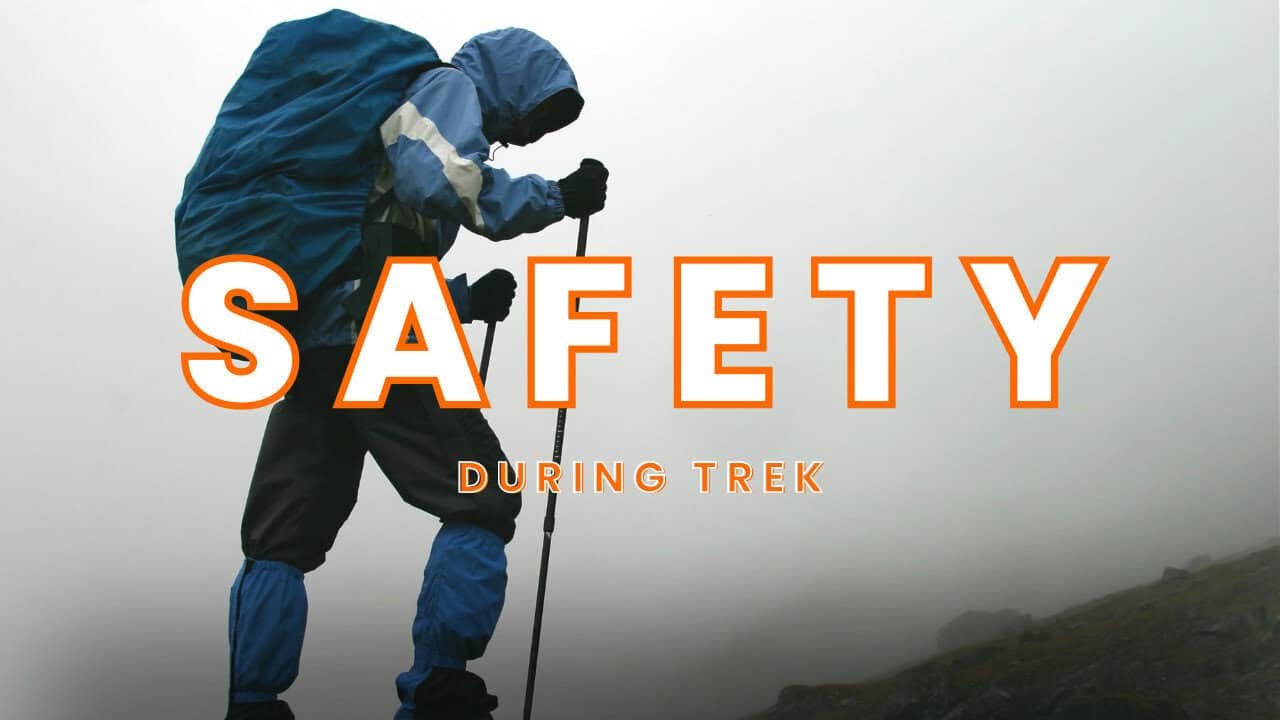
Trekking with us for the Friendship Peak Expedition is entirely safe because we have a team of trek leaders qualified in Wilderness first-aid and complete information about the high-altitude glitches. During the trek, we carry a full first-aid kit that contains all the essential medicines. Before trekking with us, you must ensure that you are medically fit for the trek; for us, your medical fitness is more important than anything else.
Right from our establishment, we at Trekup India have been continuously introducing new safety practices into Indian trekking to ensure the safety of voyagers. Trekup India introduced microspikes and made emergency bottled oxygen mandatory for all treks. Our trek leaders take your daily Pulse oximeter reading. We at Trekup India introduced the radio walkie-talkie as a safety communication device.
How can we ensure that your trek is safe with us?
We have noticed that most trek-organizing organizations do not follow these systems, but with time, they are following us; several competing companies are adopting these practices and organizing great, safe treks.
We ensure complete technical safety in the mountain. Our company has a vast team of more than 100 guides and trek leaders who serve on Himalayan treks. One of the best things about our team is that all the members are trained professionally by the Nehru Institute of Mountaineering, Indian Mountaineering Foundation Delhi, and Hanifle Center Outdoor Education Mussoorie.
Explore our New Safety Protocols
To ensure a perfect Trek, we have introduced some new safety checks to ensure excellent safety for our trekkers.
Our On-trek safety checks include:
- Daily oxygen saturation, along with pulse readings
- Stretchers team appointed on every trek
- Radios
- Trained mountain staff and complete safety
- Additional oxygen cylinders
- Special medical kit for high-altitude treks
- Microspikes on all types of snow treks
- Experienced Trek leaders, as well as safety
- Technical team on all snowy slopes
For Us, Your Safety Is the Top Priority
At Trekup India, you will find a team with local knowledge and fluency in English and Hindi. This helps ensure that you have a fantastic trek. Not only this, but we also pay attention to your health and safety because this is something we cannot ignore. All the team leaders involved in trekking have already undergone several professional courses in first aid, portable altitude chamber training, CPR, environmental awareness training, and advanced wilderness emergency medicine.
We also carry a complete first aid medical kit on every trek and trip we organize. Apart from the medical kit, we take a portable altitude chamber (if needed) and medical oxygen for all high-altitude treks. Our company has significant expertise in organizing all sorts of group adventure holidays for family groups, school and college groups, and friend groups. We have many travel options that suit different fitness levels and travelling styles.
Regardless of the group size, we value each and every member of our trekking groups. Our commitment to personal attention ensures that your needs and safety are always our top priority.
Who we are?
Trekup India has been a stalwart in the Adventure Tourism industry for 30 years. Since our inception, we have been dedicated to providing top-notch treks, voyages, trekking programs, and high-altitude expeditions. Our extensive experience is a testament to our commitment to your adventure and safety.
We organize treks in Uttarakhand, Kashmir, Sikkim, and Himachal while being part of the trekking community; we feature more than 75 documented Himalayan treks. In addition to other outdoor activities, our company also organizes trips for schools, colleges, and families.
Therefore, we maintain the quality of services offered to our valuable customers.
Must Read These Information Of Friendship Peak Expedition
Why You Should Do the Friendship Peak Expedition
Friendship Peak is your gateway to high altitude mountaineering – an entire alpine adventure with a comparatively accessible altitude of 5,289m. It is located close to the Beas Kund glacier at the intersection between the Pir Panjal and Dhauladhar ranges. This famous peak is a unique mix of adventure, scenic beauty, stunning views, and technical challenges. If you’ve done some high altitude treks and are looking to push yourself beyond your boundaries, Friendship Peak is the natural next step.
This adventure is an absolute must do for both exprienced & beginer mountaineers:
1. Easy Access – A Big Win for Travel Logistics
Unlike other expeditions that start in remote valleys, requiring lengthy and exhausting travel, Friendship Peak begins in Manali, one of the most accessible and well connected cities in Himachal Pradesh.
- Start Point – Dhundi (2,850 m), just a scenic 1 hour drive from Manali via Solang Valley.
- The short drive allows time to adjust while admiring scenic views over the Beas River, pine forests and ski slopes surrounding.
- While there’s no internet connection at the campsites, you can get coverage from the summit and nearby cell towers for snapping a quick photo or sending a message!
2. Dramatic Shift in Landscapes – A Visual Treat at Every Step
From dense forests to snowy summits This trail offers it all.
- Take a walk along the lively Beas river in a trek across alpine meadows with pastures sprinkled with horses and sheep and moss covered forests.
- Then, you will have to cross cold streams without shoes, aided by curious sheep, to reach your campsite at Bakarthach.
- Explore the beautiful Lady Leg campsite, named by its ridge that is shaped like a leg, providing stunning views of Hanuman Tibba, Shitidhar, and the far Pir Panjal mountains.
- Higher up, you’ll be able to enter an black and white landscape that is comprised of moraines, snowfields, and crevasses. It’s strikingly different from the lush greenery below.
- The every step you take leads to an entirely new landscape that keeps your senses active.
It’s similar to trekking through a constantly changing film set. When you’re content in one location the mountain shifts scenes.
3. Surrounded by Himalayan Giants – A Peak Among Peaks
Friendship Peak stands tall not only in elevation but it also stands out it is situated in an exceptional neighborhood consisting of famous summits:
- Deo Tibba (6,001 m): A technical summit located in Pir Panjal region that you can see when you are on your summit push.
- Indrasan (6,221 metres): It is considered the most difficult summit in the region, believed to be the alleged landing spot of Indra, the Lord of All. Indra.
- Hanuman Tibba (5,982 meters): The highest point in Dhauladhar and catching the golden sun every morning from the Lady Leg campsite.
- Shitidhar (5,250 meters): It is prominent and visible throughout the ascent.
- Beas Kund: A 20-minute hike from Lady Leg gives you an aerial view of this renowned glacial lake.
For those who love mountains this trail is a live Himalayan geography course.
4. Midnight Summit Push – A Mountaineer’s Rite of Passage
The climb to Friendship Peak requires a pre-dawn starting time, which is usually midnight. It’s dark, cold, and intense — yet extremely satisfying.
- You trek through the dark with headlamps glowing like lines that are made of fire ants against crystal-clear snow.
- The summit day spans 14-16 hours and demands both physical and mental endurance.
- The experience of navigating icy boulders and steep slopes in the glow of the light of stars is a sensation that is cherished by many.
This is the place where the trekkers become mountaineers.
5. Sunrise at the Col – A Moment Burned Into Memory
At around five am, just the moment your body starts screaming for you to end, your sky starts shifting.
- The col (the ridge that lies just beneath the summit) offers the most breathtaking sunrise of your life.
- The first sun’s rays are reflected off the peaks covered in snow, bathing them in warm pink, orange and gold shades.
- The exhaustion diminishes as adrenaline and awe fill the.
If there’s one moment that defines the reason we go up mountains, this is it.
6. A True Mountaineering Experience – Without Going Extreme
While it’s classified as a “trekking peak ” by the Indian Mountaineering Foundation, Friendship Peak is more like a full-blown adventure.
- You’ll be able to learn and utilize techniques such as climbing, cramponing, self-arrest, and snow navigation.
- A load ferry is an essential element of the program, especially during the period between Lady Leg and Summit Camp, and teaches you how to move light and quickly.
- Avalanche and weather conditions as well as snow conditions, keep you alert, just as you do on higher Himalayan climbing.
It’s an ideal place for training the next generation of alpinists, free from the risk zone.
The reason you should climb Friendship Peak with Trekup India?
In Trekup India, we don’t simply take you to the top — we also prepare you for it.
- Guided by expert mountaineers who have been trained in alpine rescue, snow craft, and high altitude safety.
- Access to accredited technical equipment, as well as an overview of the pre-expedition, is provided for all participants.
- The focus is on safety as well as acclimatization and the development of skills.
Final Thoughts
Friendship Peak isn’t just another trekking trail. It’s a significant personal achievement. It pushes you physically, sharpens your thinking and opens your eyes to an environment where discipline meets beauty and excitement meets peace.
When you reach the bottom, you’ll have more than just summit pictures. You’ll return with a higher degree of confidence as well as a renewed respect for mountains, and a determination to reach even higher.
Frequently Asked Questions About Friendship Peak Expedition
Who Should Attempt This Trek?
This trek is not suitable for new trekker. This expedition requires:
- Prior high altitude trekking experience (4,500m+).
- Basic mountaineering skills (ice-axe, crampons, rope work).
- Fitness levels and mental toughness.


